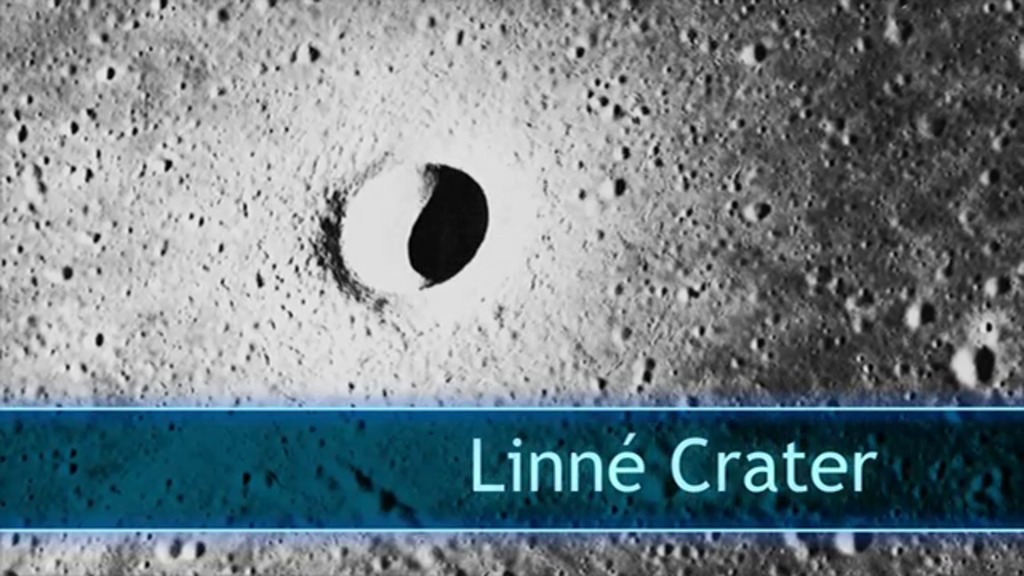Craterology
To better understand how Earth evolved, scientists are pointing cameras toward impact craters on the moon. Impact craters are giant surface depressions that form in the aftermath of collisions by asteroids, meteoroids and comets. Exposure to wind, water and geologic activity slowly degrades impact craters found on Earth. But by knowing how a crater has changed over time, scientists can piece together clues of what conditions were like on the planet long ago. Now, NASA’s Lunar Reconnaissance Orbiter spacecraft is collecting images of impact craters on the moon’s surface. Unlike on Earth, these craters aren’t prone to weathering because the moon has practically no atmosphere. As a result, some have remained untouched since the day they were born. Scientists will use the images to determine how natural disasters and the climates of Earth’s past have shaped how its craters look today. Watch the video to learn more.

What can craters on the moon tell us about our planet's past?
The moon has many impact craters, but not all of them are pristine. Watch the video to find out why.

Millions of craters cover the moon’s surface.

Linné Crater (above) is a well-preserved impact crater on the moon. Scientists estimate it was created some time in the past 10 million years.

NASA’s Lunar Reconnaissance Orbiter spacecraft (above) uses its onboard cameras to collect images of craters as it circles the moon.
Credits
Please give credit for this item to:
NASA's Goddard Space Flight Center
-
Animators
- Ernie Wright (USRA)
- Chris Smith (HTSI)
-
Video editor
- Chris Smith (HTSI)
-
Narration
- Chris Smith (HTSI)
-
Narrator
- Chris Smith (HTSI)
-
Producer
- Chris Smith (HTSI)
-
Scientist
- James Garvin (NASA/HQ)
-
Writer
- Kayvon Sharghi (USRA)
Release date
This page was originally published on Tuesday, November 5, 2013.
This page was last updated on Wednesday, May 3, 2023 at 1:51 PM EDT.
